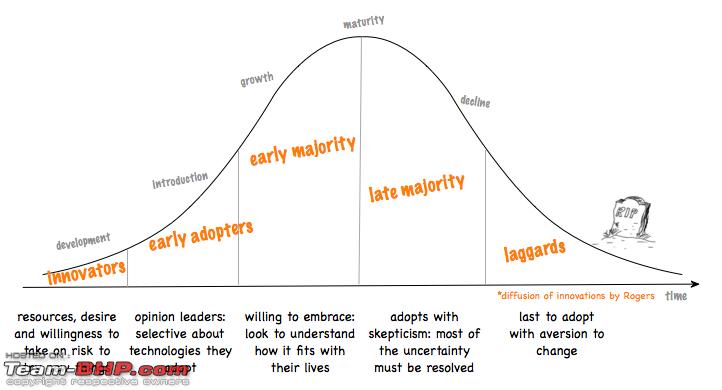| | #46 |
| BHPian Join Date: Feb 2013 Location: Pune
Posts: 107
Thanked: 26 Times
| |
| |  (2)
Thanks (2)
Thanks
|
| |
| | #47 |
| BHPian Join Date: Oct 2012 Location: Bangalore
Posts: 261
Thanked: 116 Times
| |
| |  (1)
Thanks (1)
Thanks
|
| | #48 |
| Senior - BHPian | |
| |  (1)
Thanks (1)
Thanks
|
| | #49 |
| Team-BHP Support  Join Date: Feb 2004 Location: Bombay
Posts: 24,198
Thanked: 36,075 Times
| |
| |  (4)
Thanks (4)
Thanks
|
| | #50 |
| BHPian Join Date: Nov 2006 Location: Bangalore
Posts: 100
Thanked: 2 Times
| |
| |  (1)
Thanks (1)
Thanks
|
| | #51 |
| BHPian Join Date: Oct 2005 Location: GTA | GHMC
Posts: 887
Thanked: 1,032 Times
| |
| |  (1)
Thanks (1)
Thanks
|
| | #52 |
| BHPian Join Date: Nov 2011 Location: Sydney/Kolkata
Posts: 973
Thanked: 494 Times
| |
| |  (1)
Thanks (1)
Thanks
|
| | #53 |
| BANNED Join Date: Apr 2008 Location: Bangalore
Posts: 11,797
Thanked: 27,228 Times
Infractions: 0/3 (13) | |
| |  (1)
Thanks (1)
Thanks
|
| | #54 |
| Team-BHP Support  Join Date: Feb 2004 Location: Bombay
Posts: 24,198
Thanked: 36,075 Times
| |
| |  (6)
Thanks (6)
Thanks
|
| | #55 |
| Senior - BHPian | |
| |
| | #56 |
| Senior - BHPian | |
| |
| |
| | #57 |
| BANNED Join Date: Apr 2008 Location: Bangalore
Posts: 11,797
Thanked: 27,228 Times
Infractions: 0/3 (13) | |
| |  (2)
Thanks (2)
Thanks
|
| | #58 |
| Team-BHP Support  Join Date: Feb 2004 Location: Bombay
Posts: 24,198
Thanked: 36,075 Times
| |
| |  (1)
Thanks (1)
Thanks
|
| | #59 |
| Newbie Join Date: Apr 2012 Location: Pune
Posts: 10
Thanked: 57 Times
| |
| |  (1)
Thanks (1)
Thanks
|
| | #60 |
| Senior - BHPian Join Date: Nov 2007 Location: Bangalore
Posts: 4,184
Thanked: 4,623 Times
| |
| |  (1)
Thanks (1)
Thanks
|
 |
Most Viewed









